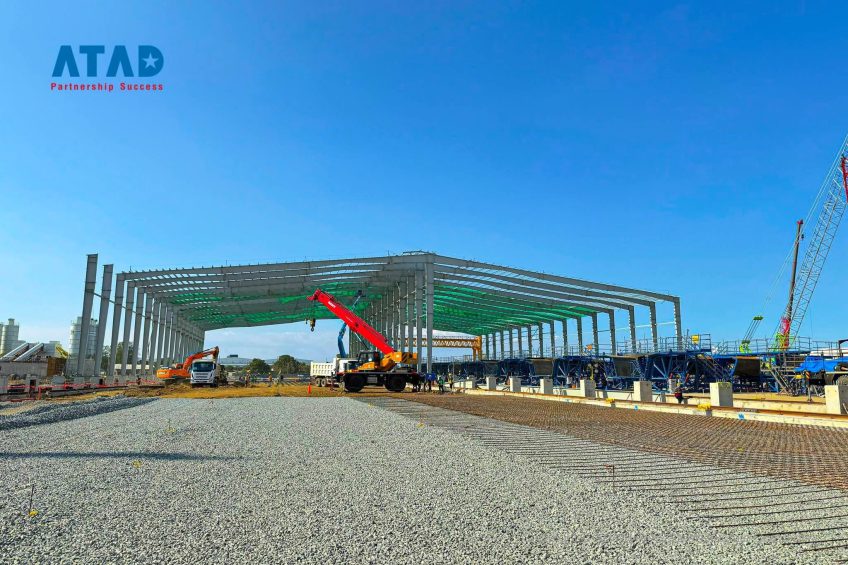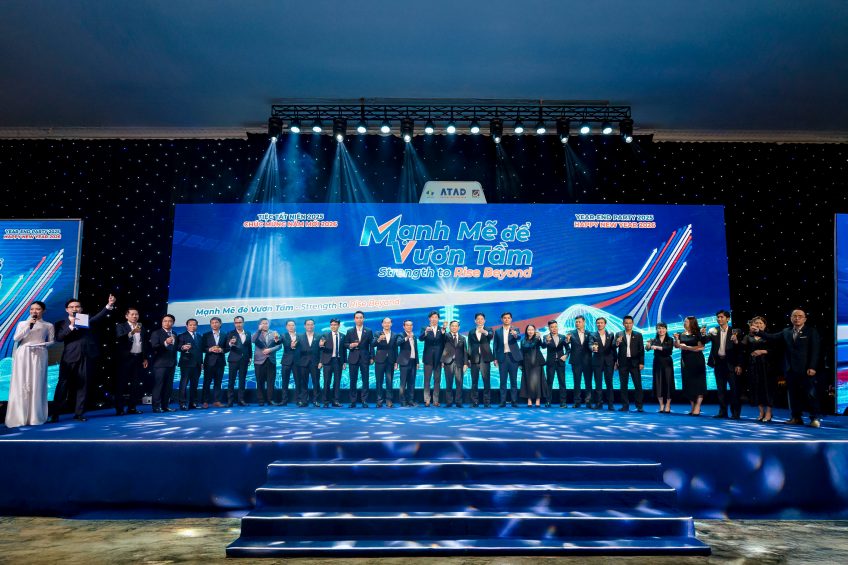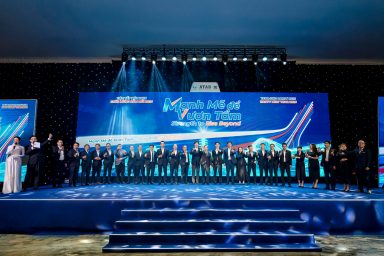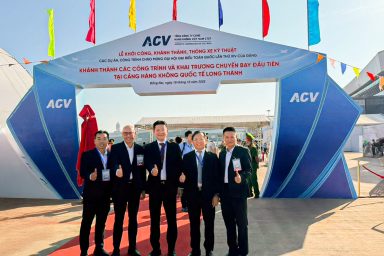Pre-Engineered steel buildings are becoming increasingly popular in the construction industry. These structures are composed of various steel components to achieve structural stability and meet design requirements.
Introduction To Pre-Engineered Steel Buildings
Pre-Engineered steel buildings are steel structures designed, manufactured, and assembled with standardized steel components and methods before being transported to the construction site. These buildings are designed to meet specific requirements and are produced off-site, making the construction process faster and more efficient.
Components of pre-engineered steel buildings such as columns, beams, and steel panels are manufactured at the factory and then assembled on-site. The construction method of pre-engineered steel buildings has many advantages such as cost-effectiveness, high customizability, durability, and compliance with construction rules and regulations. As a result, pre-engineered steel buildings are widely used in various industries to meet different needs.

Some Steel Components Used In The Construction Of Pre-Engineered Steel Buildings
Pre-Engineered steel buildings are made up of various steel components to ensure structural stability and meet design requirements. Below are some steel components commonly used in pre-engineered steel buildings:
I-Beams:
I-beams are one of the most commonly used steel components in pre-engineered steel buildings. These components are named after the distinctive “I” shape, providing excellent strength and load-bearing capacity. I-beams are efficient due to the combination of two horizontal flanges and a vertical web. The web provides vertical load-bearing strength while the flanges provide resistance to bending and torsion forces.
In the construction of pre-engineered steel buildings, I-beams are used as key structural elements such as columns or beams. I-beams are usually placed vertically to support the building load and transmit it to the foundation. I beams can be joined over long distances without the need for intermediate support, making them suitable for projects that require wide open spaces and have no intermediate columns.
C-Channel:
C-shaped steel beams are mainly used in secondary framing systems, providing load-bearing capacity and reinforcing structures. C-channel steel beams are commonly used as purlins, beams, and secondary support columns. Purlins are structural components placed horizontally on rafters or roof beams to support roofing panels. Beams are horizontal components that support wall panels.
C-channel steel is lighter and more cost-effective compared to main structural components like I beams. C channels can easily connect to other steel parts through welding, bolting, or other fastening methods.
Z-Purlins:
Z-shaped steel beams, also known as Z purlins, are commonly used sectional components in pre-engineered steel building construction. These steel beams have a Z-shaped profile and are primarily used as roof purlins or wall beams.
Z purlins provide structural support and stability for the roof and cladding systems in pre-engineered steel buildings. Z purlins are installed horizontally, attached to the main structural frame or roof trusses. The Z sections act as supports for roof panels, ensuring stability and strength. The Z-shaped design allows for efficient load distribution. Two horizontal Z sections provide strength and rigidity against bending and twisting forces. The vertical section connects the horizontal sections and ensures overall structural integrity.
Steel Hollow Sections:
Steel hollow sections (hollow circular steel tubes or hollow rectangular steel tubes) are used as columns, bracing, and roof trusses. These steel components have high strength-to-weight ratios, contributing to material efficiency and enhancing structural deformity resistance. Hollow section components can be easily interconnected, adjusted, and ensure that the construction is sturdy, safe, and aesthetically pleasing.
















